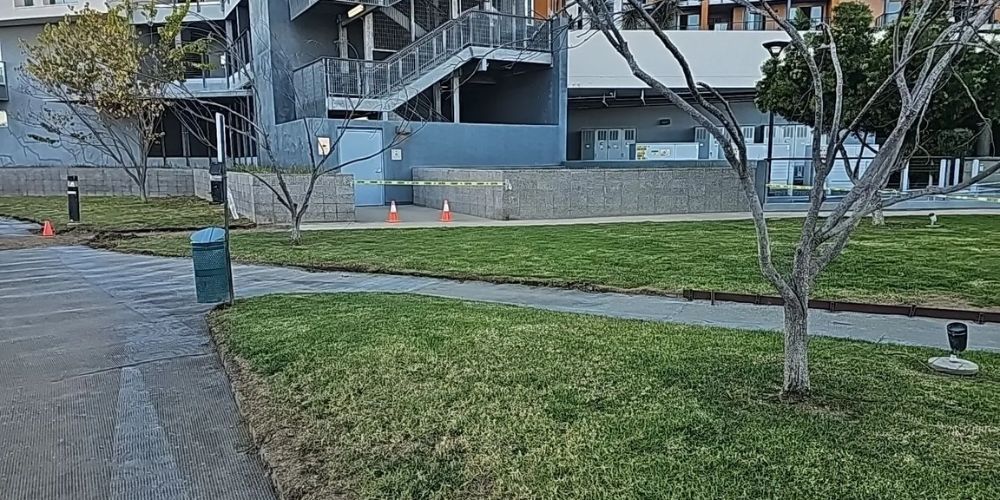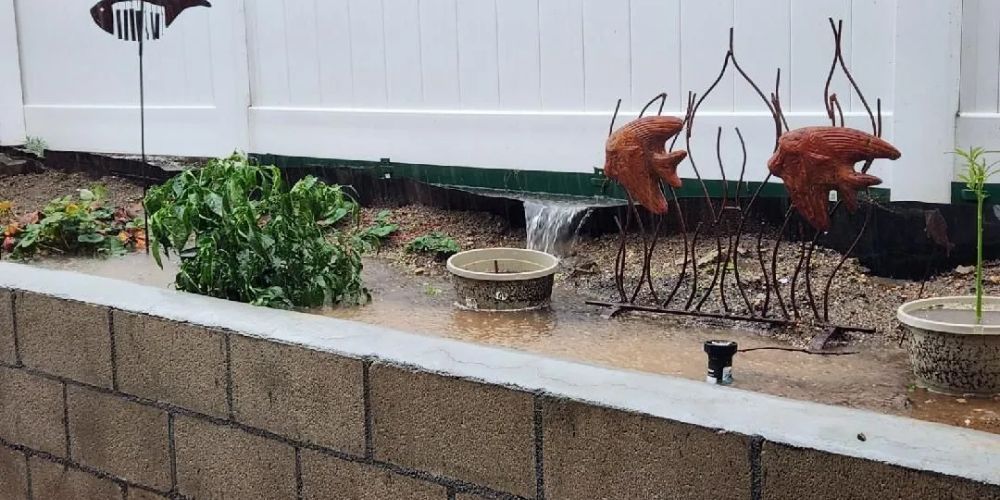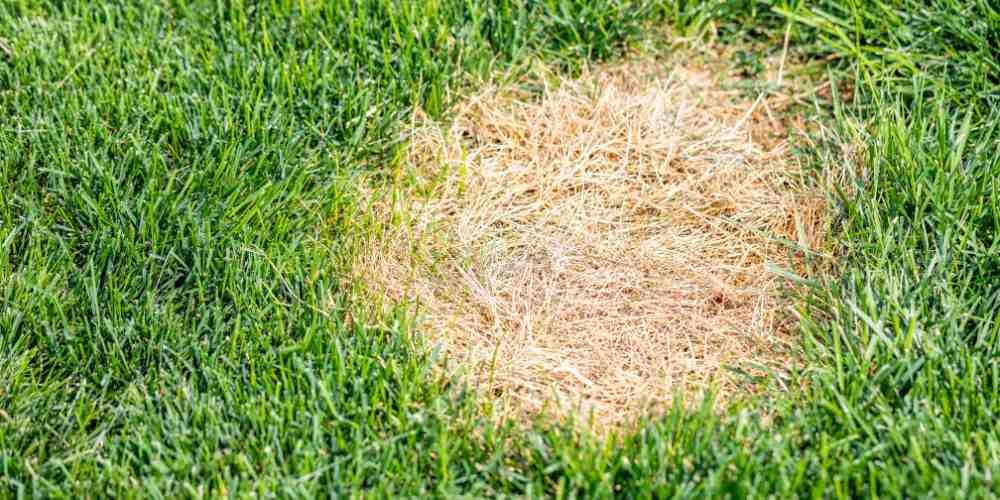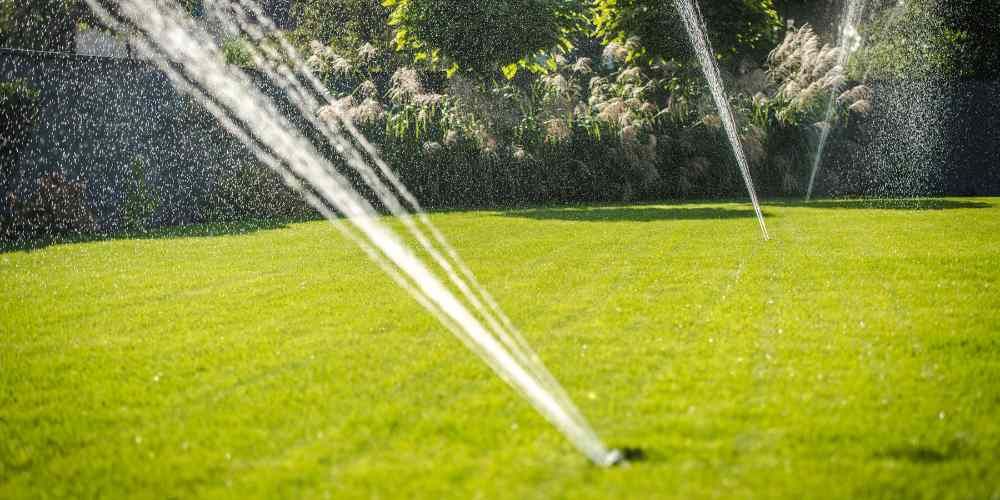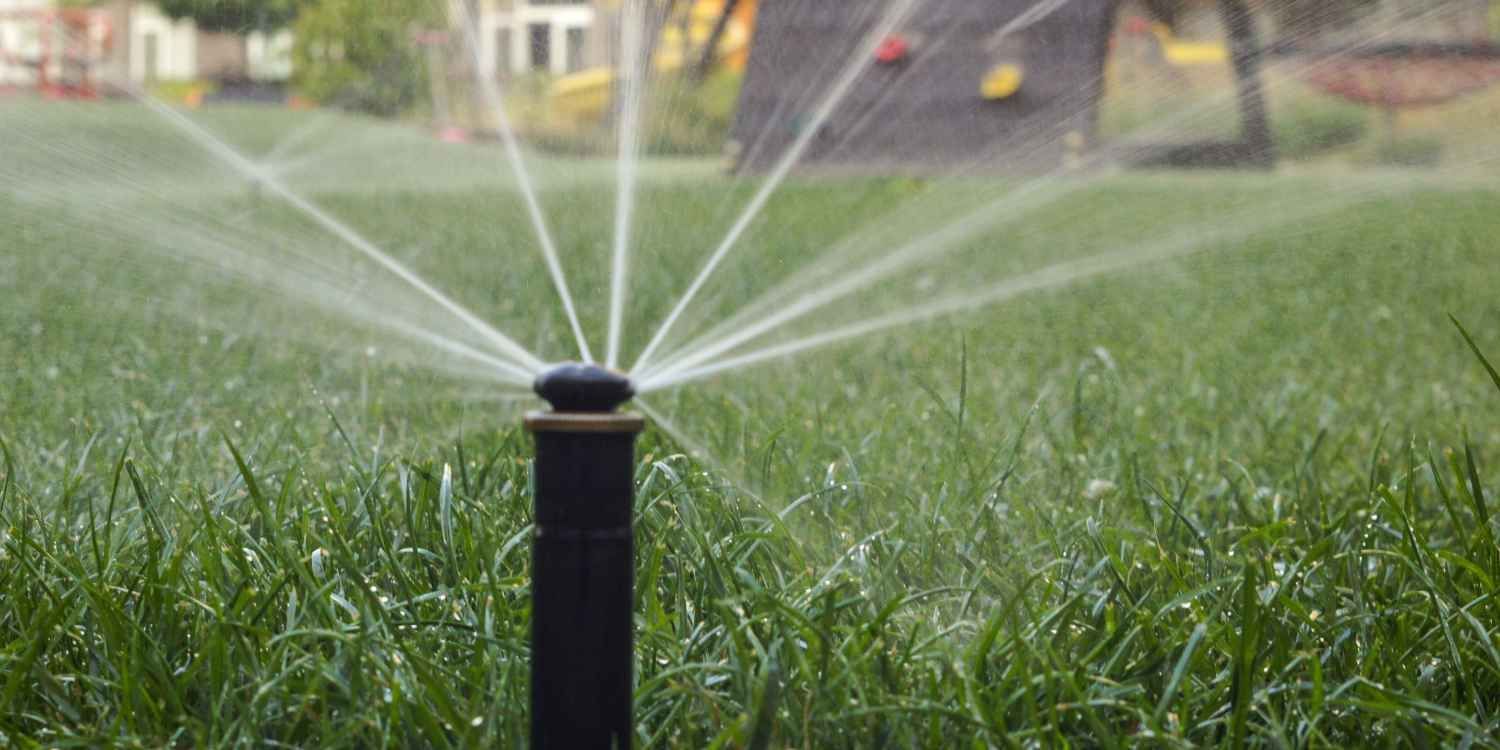Southern California Lawn Care Calendar: Month-by-Month Schedule for a Healthy Yard
Caring for a lawn in Southern California means planning around unique weather patterns — mild winters, hot summers, and irregular rainfall. A month-by-month calendar ensures your lawn gets the right care at the right time. The combination is rewarding to those who adhere to a definite lawn care routine and punishing to those who speculate.
The 12-month plan outlined below offers homeowners and property managers a road map to the care and maintenance of the lawns. Be your own guide; cut across the dates that suit your ZIP code; and get used to mountain cold, inland overheat, or ocean fog.
Why Lawn Care Timing Matters in Southern California
Even hardy turf needs seasonal care. Following a schedule ensures efficient watering, better nutrient absorption, and fewer pest outbreaks.
- Efficient water use. Deep watering just before a Santa Ana wind saves more moisture than shallow daily sprays.
- Better nutrient uptake. Plants are nourished by fertilizer used at the time the roots are active; otherwise, the same fertilizer will be washed away by storm drains during mid-dormancy.
- Fewer pest outbreaks. Insects and fungal spores peak at predictable soil temperatures. Well-timed aeration or dethatching breaks their cycle.
Write each chore on an annual lawn maintenance schedule, then aim within a two-week window. Late work is better than skipped work, but on-time tasks keep yards looking steady instead of boom-and-bust.
March–May Lawn Care Tasks for Healthy Growth
The “window” to follow this schedule is early March through late May, with the primary goal of waking turf, repairing winter compaction, and feeding root growth.
| Task | Timing cue | Details |
|---|---|---|
| Soil test | After first dry week of March | Send two cups of soil to a lab; most SoCal lawns trend alkaline and low in iron. |
| Aeration | When soil temp hits 60 °F | Core aerate while the ground is moist. Leave plugs to dry, then mow. |
| Topdressing | Same day as aeration | Spread ¼-inch compost; it works down the holes and boosts microbes. |
| Overseeding thin spots | Within 48 h of aeration | For cool-season lawns (fescue, rye), broadcast seed, rake lightly, and keep the top ½-inch damp. |
| Fertilizing | Four weeks after aeration | Use slow-release, 3-1-2 ratio. Check the lab report before adding phosphorus. |
| Pre-emergent herbicide | Soil temp = 55 °F three days | Stop crabgrass without hurting new seed; do not apply if you overseeded the whole yard. |
| Mower tune-up | Any non-rainy weekend | Sharpen blade, change oil, clean deck. Dull blades tear grass and invite disease. |
Log each step in your spring lawn care schedule so tiny jobs do not pile up into one chaotic weekend.
Summer Lawn Care Schedule for Southern California Heat
June–September: Focus on protecting turf from heat stress. Water deeply two to three times per week, mow at the right height, and apply a wetting agent in July if water runs off instead of soaking in.
Watering for water-efficient landscaping
- Frequency: Follow two or three deep cycles per week on clay. And three or four for lighter cycles on sand.
- Depth check: Insert a screwdriver. If it slides to six inches with little effort, you are irrigating enough.
- Timing: Finish before 8 a.m. to cut evaporation and fungal risk.
Mowing and clipping practices
- Height: Fescue – 3 ½ in.; Bermuda – 2 in.; Zoysia – 1 ½ in.
- Clippings: Leave them unless they clump. They return up to 25 % of nitrogen.
- Blade care: Sharpen every 20 hours of run time in summer; dust dulls edges fast.
Drought-tolerant lawn care tricks
Staying strict on your summer lawn care routine in Southern California prevents brown patches that take months to repair.
- Spray a wetting agent once in early July if water is running off instead of soaking in.
- Apply light iron (chelated Fe) to green grass without pushing growth.
- If mandatory cutbacks hit, allow warm-season lawns to enter planned semi-dormancy. Water once every 14 days to keep crowns alive.
Fall Lawn Care Schedule to Strengthen Your Lawn
The “window” to follow this schedule is October and November, and the primary goal is to rebuild roots, thicken turf, and block winter weeds.
| Task | Why | How |
|---|---|---|
| Overseeding Bermuda with perennial rye | Maintains a green lawn all year | Scalp Bermuda to ¾ in., broadcast 8–10 lb seed per 1,000 sq ft, irrigate four short cycles daily during the first week |
| High-potassium fertilizer | Increases cold and disease tolerance | Use a 3-0-20 blend and apply before expected rain to wash it in |
| Broadleaf weed spray | Controls fall germinators like clover | Spot-spray with a three-way post-emergent when daytime highs are 65–80 °F |
| Light thatch removal | Improves water penetration | Use a dethatching rake and remove no more than ½ inch at a time |
| Irrigation cutback | Adjusts for seasonal rainfall | Reduce runtimes 30 % once weekly rainfall exceeds 0.25 in. |
Add these items to your lawn treatment schedule; following the right fall lawn care tips for a beautiful landscape ensures your yard stays healthy through winter.
Winter Lawn Care Schedule in Southern California
December–February: Protect soil, prevent erosion, and prepare equipment for the next season. Pause irrigation after heavy storms, add mulch around plants for frost protection, and store tools properly. The primary goal is to protect the soil, prevent erosion, and prepare equipment.
- Irrigation pause: Shut off automatic timers for 48 hours after any storm with 0.5 in. or more. Manually run a deep cycle if three weeks pass without measurable rain.
- Mulch beds: To buffer roots from frost, spread shredded bark around ornamentals, and follow proven
winter landscaping tips for Southern California to keep your yard vibrant.
- Gopher patrol: Winter burrowing peaks after rain. Set traps before tunnels reach the lawn.
- Equipment storage: Drain gasoline or add stabilizer, oil moving parts, and store blades indoors.
- Erosion check: Walk slopes after heavy rain. Add straw wattles or plant deep-rooted groundcovers if rills form.
A small winter lawn care checklist keeps the yard safe and sets the stage for a quick spring start.
Common Problems in Lawn & Garden Care
Troubleshooting Tip: Yellow grass strips often mean dull mower blades or uneven fertilizer spreading. Sharpen blades and water deeply to restore color. Re-cut deeply with sharp blades and water; color should improve in ten days.
Wilted plant leaves at noon may simply be a midday slump. If they remain limp at sunrise, you have root trouble, often from overwatering those roots. Let the soil dry to two inches before the next cycle.
Water-repelling dry patches are an indicator of hydrophobic soil. Wet using a liquid wetting agent, then use a garden fork to create holes and leave for 15 minutes.
Pests such as armyworms leave chewed tips that look like frayed rope. Inspect grass at dusk; if you count more than ten larvae per square foot, treat with Bacillus thuringiensis or spinosad.
Can you revive a dead plant? If the crown is brown and brittle, no. If basal stems are still green when scratched, cut back dead tips, adjust watering, and wait two weeks for new shoots.
Regular walks and notes in your lawn care calendar catch problems before they spread.
Building Your Annual Lawn Care Plan
Here’s how you can do an annual lawn care plan (step by step):
Step 1: Pick a tracking tool
A wall poster in the garage, a shared digital spreadsheet, and a smartphone app with reminders.
Step 2: Map the grass maintenance plan
| Month | Key actions |
|---|---|
| Jan | Inspect irrigation after storms, trap gophers |
| Feb | Tool maintenance, spot frost protection |
| Mar | Soil test, aerate, overseed, first fertilize |
| Apr | Pre-emergent, mower sharpen, deep water |
| May | Adjust fertilizer based on test results |
| Jun | Raise mow height, apply wetting agent |
| Jul | Pest scouting, iron supplement |
| Aug | Deep water cycle audit |
| Sep | Plan overseed order, blade sharpen |
| Oct | Overseed, high-K fert, weed spray |
| Nov | Thatch control, irrigation cutback |
| Dec | Equipment storage, mulch beds |
Step 3: Budget inputs
Add lines on seed, fertilizer, mulch, and water. Compare previous year totals to local rebate programs; available water bills can be reduced by changing to drip or weather controllers as much as 30 percent.
Step 4: Review quarterly
Look at turf color, thickness, and water use every three months. Update the lawn care program as soil and weather change.
Professional Support for Lawn Care and Maintenance
A reliable crew like Landtech Scenery can save time and keep standards high.
- Site evaluation: Technicians test soil, map sun patterns, and design a custom lawn care plan.
- Routine lawn maintenance: Weekly mowing, edging, and blow-clean ensures no gap in care.
- Seasonal services: Aeration, dethatching, and overseeding are done with commercial gear in one afternoon.
- Water audits: Certified irrigation professionals adjust the controllers and replace old spray heads with pressure-controlled nozzles.
- Pest management: Licensed applicators use integrated methods; chemicals are the last, not the first, choice.
Conclusion: Keep Your Lawn Healthy All Year Long
By following this month-by-month Southern California lawn care calendar, you can keep your lawn healthy and vibrant all year. For expert support with seasonal tasks, contact
Landtech Scenery for professional lawn and garden care services. Adhere to the seasonal work as mentioned in this guide: aerate and feed in spring, save water in summer, rebuild in fall, and protect in winter.
Record every activity, monitor signs of trouble early, and invite a reputable service team whenever workloads become high. Your grass, trees, and flower beds will be healthy, strong, and prepared to live outdoors all year long with a defined schedule of annual yard upkeep.
Looking for broader best practices? See our complete
Lawn & Garden Care Guide.


